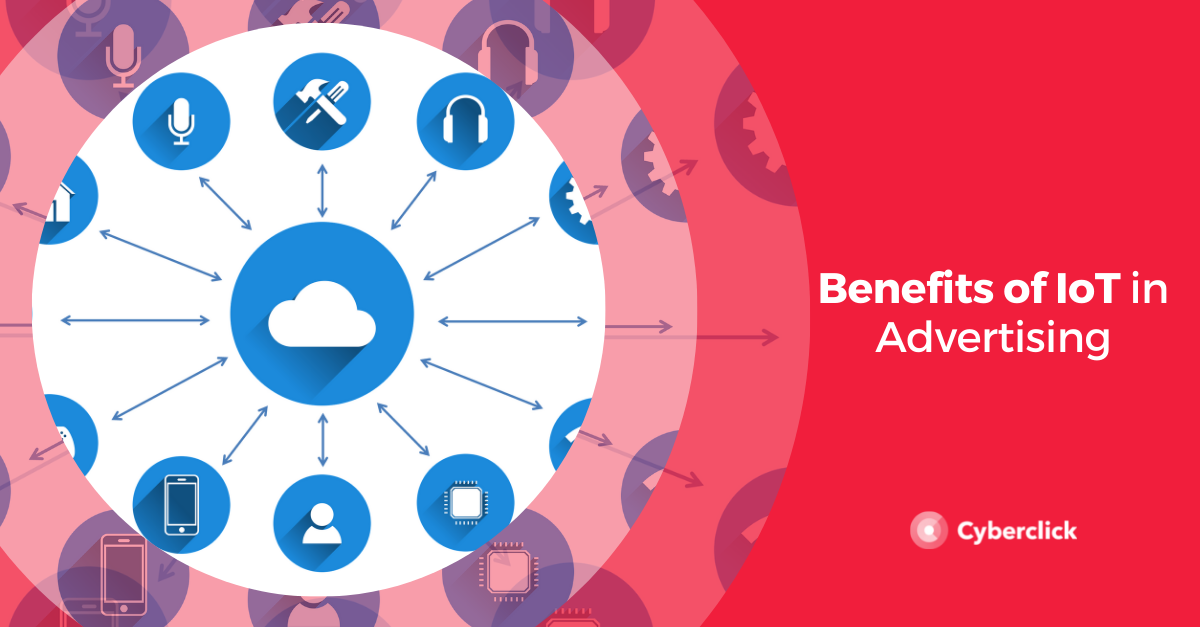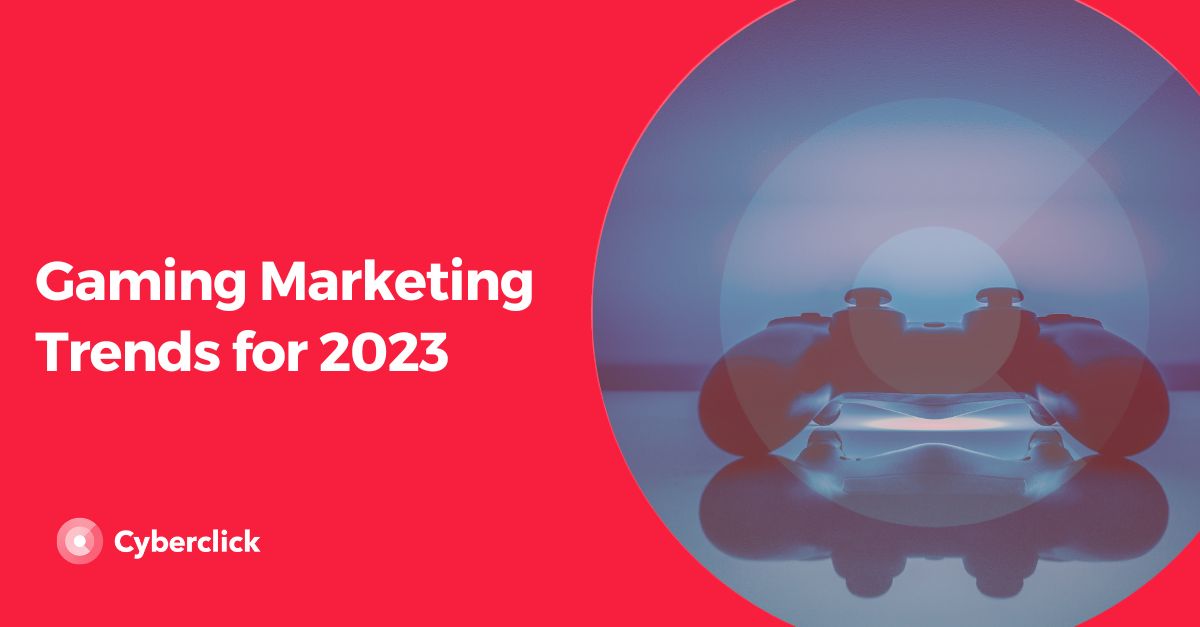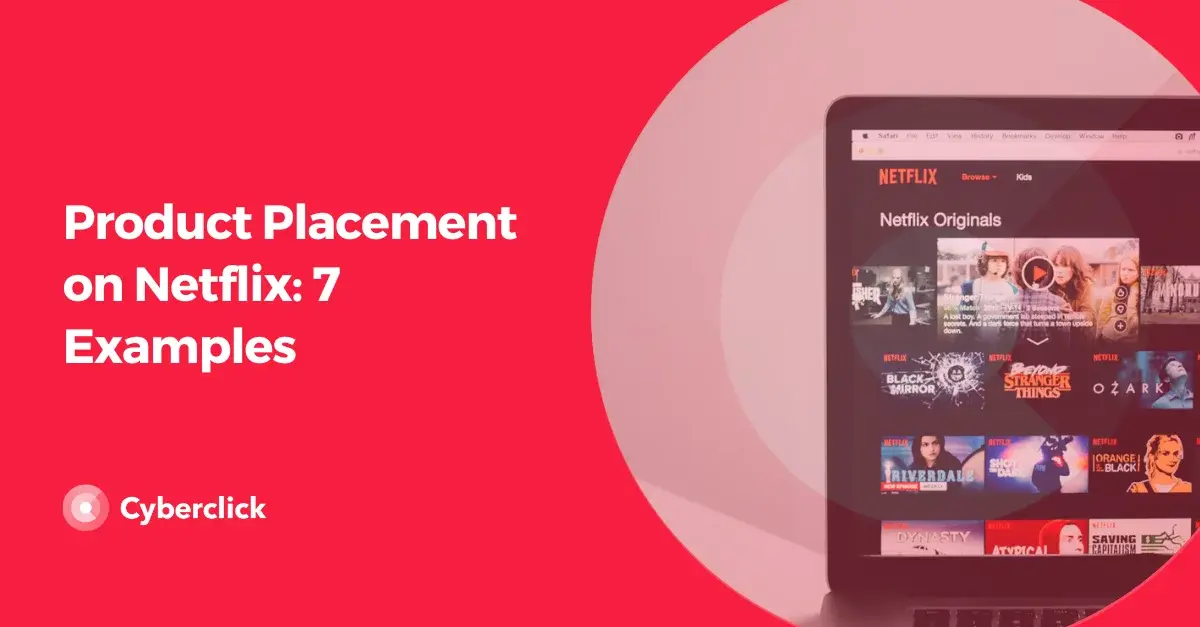Advertising evolves at the pace of technology, and marketers must keep up with it.
Many brands are already incorporating IoT (Internet of Things) in their digital strategies. Curious to know about this concept and how it will revolutionize the industry? Read on to learn all about the benefits of IoT in advertising!
What Is IoT in Advertising?
According to Wikipedia, the Internet of Things (commonly abbreviated as "IoT") refers to “physical objects that are embedded with sensors, processing ability, software, and other technologies that connect and exchange data with other devices and systems over the Internet.”
Today there are already many physical objects that have this capability–for example, voice assistants, smart thermostats, other home devices, and of course, our own smartphones.
All of these devices are capable of communicating and syncing with one other. But what is most interesting is that they can obtain data on users' consumption habits.
In addition to providing information about the people who use them, IoT devices also enable marketers to reach the right person, with the right message, at the right time. This helps deliver personalized content to users and enhance their customer experience.
One of the most famous examples of integrating the Internet of Things in advertising is Johnnie Walker's "Blue Label" connected bottle. This bottle has very small electronic sensors that can tell whether or not the bottle has been opened and where it is in the supply chain.
The sensors can also display information to customers who scan the bottle with their smartphones and deliver the appropriate content to them. For example, it will display promotional offers if the bottle is in the store and cocktail recipes when the bottle is at home and has been opened.
5 Applications of IoT in Advertising That Will Revolutionize The Industry
1. Contextual Segmentation
Due to the growing number of users who have IoT-enabled devices that can collect and interpret information about their consumption habits, it is possible to use contextual, targeted advertising to reach them directly.
Contextual advertising is already applied through platforms like Google Search Ads. When users conduct searches on their phones, they are shown the most relevant ads according to their location.
Another example of IoT applied in advertising is Glassview, which uses IoT to connect to cameras in order to detect the usage of users' devices and send them personalized ads.
2. In-Store Advertising
The Internet of Things can also be used to display real-time in-store advertising to consumers, with the goal of increasing sales and revenue.
This application is based on a type of technology called beacons. Beacons are miniature transmitters that emit signals to nearby devices via Bluetooth. Therefore, they can identify the products a user is bringing to checkout and show him or her related product promotions. All of this contributes to improving the store's average order value and revenue.
3. Location-Based Advertising
IoT devices have GPS that helps track the location of people or objects. This information can help advertisers deliver more relevant ads, similar to the Google search ads mentioned above.
One possible application of this technology is showing ads to people near a physical store. Instead of placing beacons inside the store, advertisers can place them outside to have people passing by receive personalized messages on their devices. For example, a restaurant can send a message about special menu offerings for the day.
4. Intent-Based Advertising
Intent-based advertising is based on segmenting consumers according to their motives or intentions for a brand. This helps businesses optimize their strategies for better results.
Internet of Things devices collect data about what consumers' intentions are. Brands can then use this data to nudge consumers toward converting. For example, if a person enters an electronics store with the intention to buy speakers, you can show him or her ads related to speakers or complementary products.
5. Interactive Advertising
With the Internet of Things, communication between brands and users is no longer one-way. With the right campaign, consumers themselves can take the initiative to get more information about a product; through QR codes, for example.
A powerful example of this is Chili's campaign during the 2018 World Cup, in which users could scan a QR code to participate in an augmented reality soccer game.
Key Account Manager Engineer en Cyberclick. Experto en desarrollo de aplicaciones web e integraciones entre sistemas con más de 10 años de experiencia. Cuenta con una licenciatura en Matemáticas, Ciclo Formativo de Grado Superior en Desarrollo de Aplicaciones Informáticas y Ciclo Formativo de Grado Superior en Desarrollo de Aplicaciones Multiplataforma.
Key Account Manager Engineer at Cyberclick. Expert in web application development and system integrations with over 10 years of experience. He holds a degree in Mathematics, a Higher Degree in Computer Application Development, and a Higher Degree in Multiplatform Application Development.






Leave your comment and join the conversation